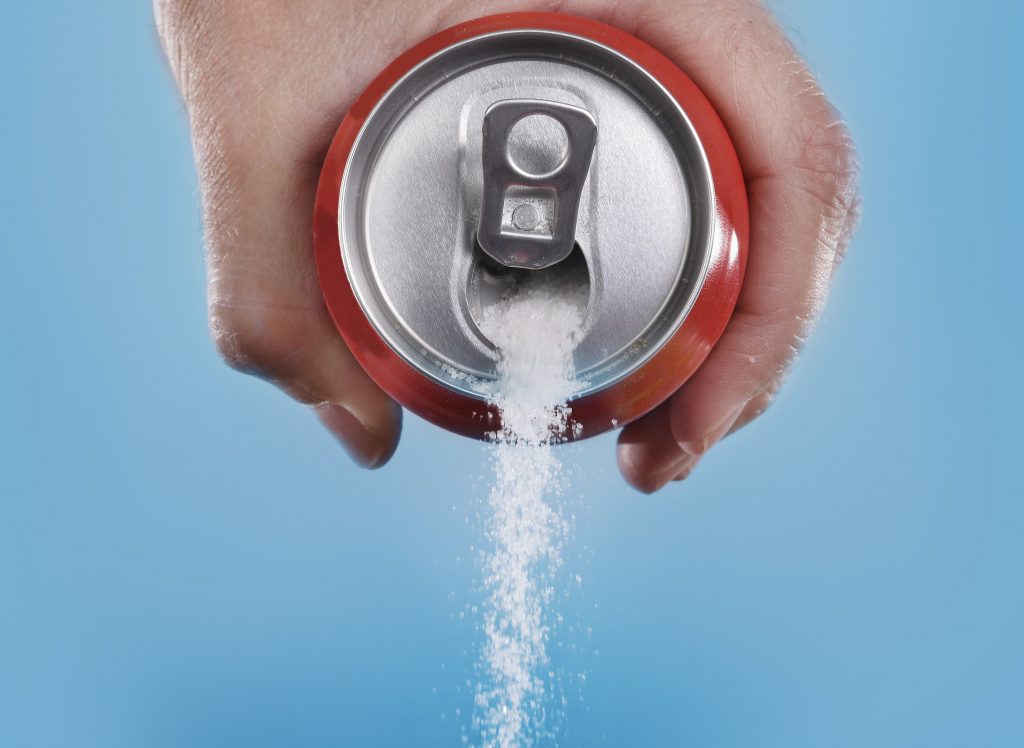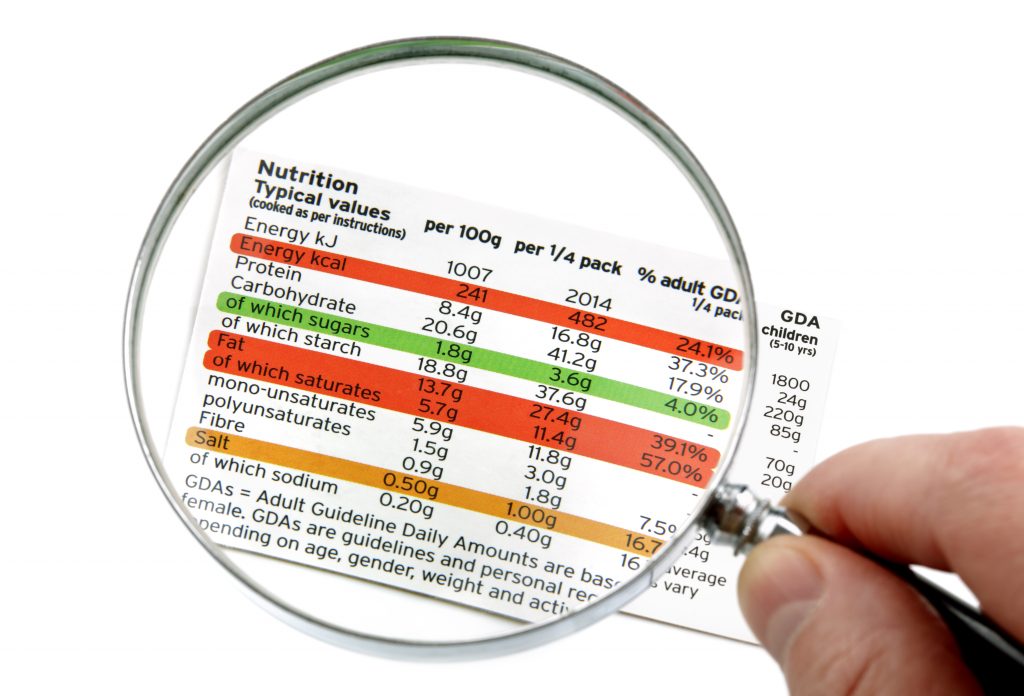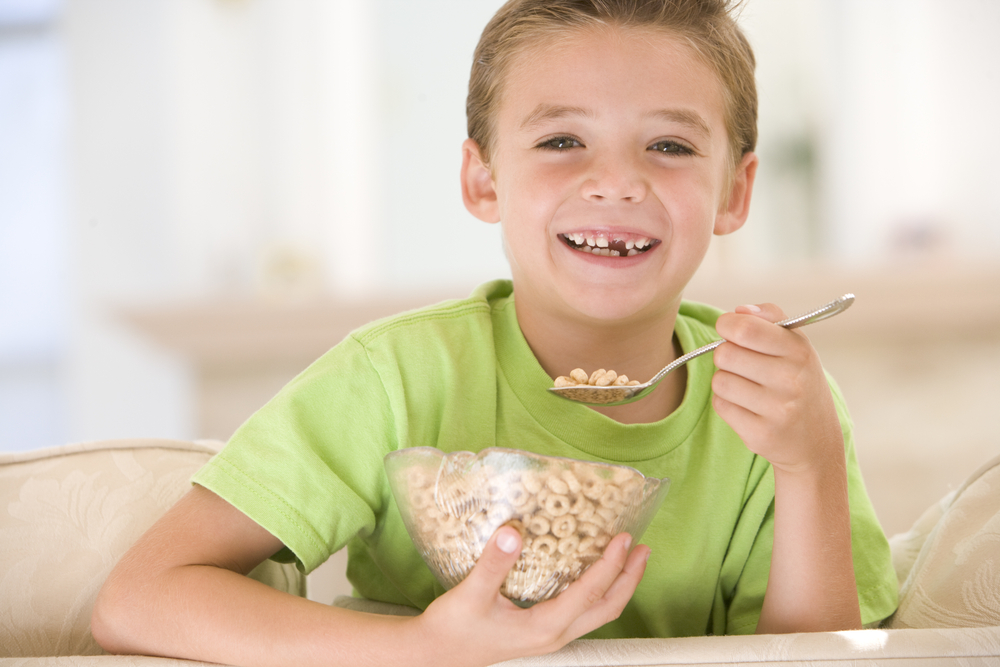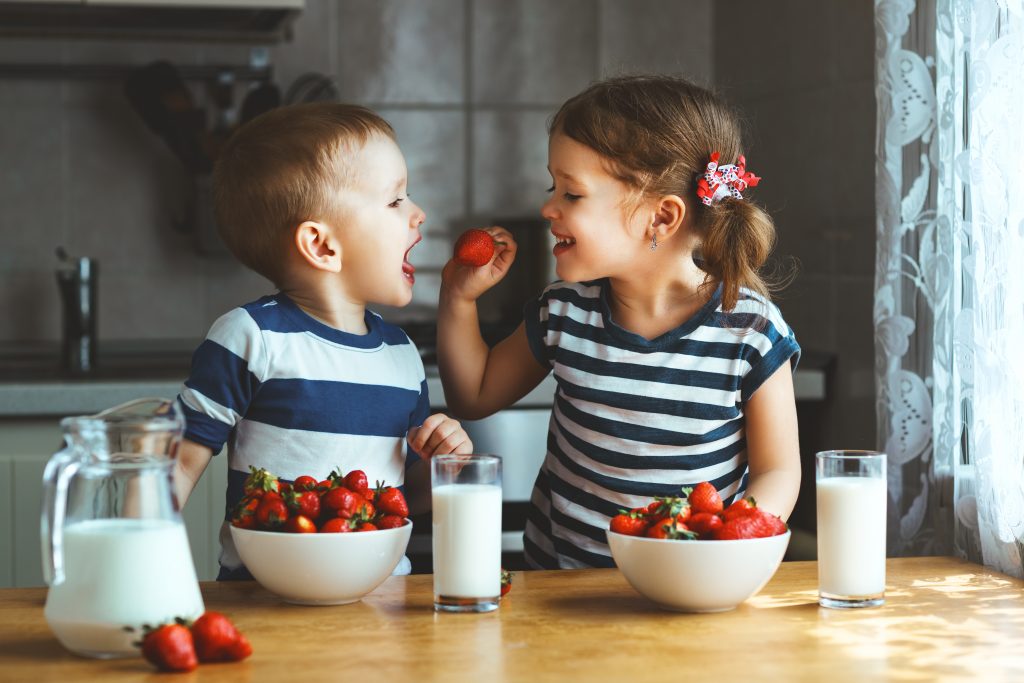Simple Ways to Ditch the Sugar
Do you have a sweet tooth? Most of us will overindulge at times but many of us are consuming far more than we should.
From soups, ketchup, salad dressings and ready meals, added sugar is present in so many everyday products it can be hard to avoid. With our busy lives it is all too easy to rely on processed foods for grab and go snacks or quick meals after work. The trouble is that many of these contain far more sugar than we should be eating. We’re all aware that too much sugary food is bad for our waistlines. But research has also shown that too much sugar increases our risk of chronic diseases including diabetes, Alzheimer’s, heart disease and cancer. One European study concluded that the consumption of just one sugar-sweetened drink a day increased the risk of type 2 diabetes by 22%. And if that were not reason enough, clearer skin, sharper memory, better mood and more energy can be some of the positive benefits of reducing your sugar intake.

Sugar intake of children is particularly noticeable. Children in the UK exceed the maximum recommended sugar intake for an 18-year-old by the time they are 10 according to Public Health England (PHE). In fact UK children are consuming around 13 cubes or 52g of sugar a day, says PHE, based on results from the National Diet and Nutrition Survey. Half of the sugar in children’s diets comes from sugary drinks, sweets, biscuits, cakes, puddings, sugary breakfast cereals and higher-sugar yoghurts and puddings.
Reducing Your Sugar Intake
Sugars are found naturally of course in foods such as fruits and vegetables, wholegrains or as lactose in milk. Consuming whole foods that contain a wide array of essential nutrients, fibre and antioxidants is not the problem. The main concern is around added sugars usually in the form of sucrose (table sugar) or high-fructose corn syrup. It is estimated that a third of added sugar consumption comes from sugar sweetened drinks, a sixth comes from foods such as chocolates, ice creams, and biscuits, but half comes from everyday foods such as ketchup, salad dressings, and bread.
How Much Sugar Should We Be Eating?
Sugars added to food or drinks, and sugars found naturally in honey, syrups, and unsweetened fruit and vegetable juices, smoothies and purées should not make up more than 5% of the energy (calories) you get from food and drink each day. The recommended daily maximum of sugar for children aged four to six is five cubes or 19g. For children aged seven to 10 this rises to six cubes (24g) and up to seven cubes (30g) for those aged 11 and over. Remember this is the maximum recommended – ideally we should be consuming much less than this.
Sugar Content of Common Foods
Orange Juice individual carton 200ml 18.4g = 4 ½ tsp
Coke 250ml 1 glass 12g = 3tsp
Red Bull Energy Drink 1 can 250ml 26g = 6 ½ tsp
Ribena 250ml glass 11.5g = 3tsp
Kit Kat per bar (2 fingers) 20.5g = 5tsp
Ketchup per 1tbsp (15g) 3.4g = ¾ tsp
Frosted Shreddies per 40g serving 10g = 2 ½ tsp
Crunchy Nut Cornflakes per 40g serving 14g = 3 ½ tsp
Fruit and Fibre per 40g 7.6g = 1 ¾ tsp
All butter Croissant 61g weight 4.1g = 1tsp
Costa Chocolate Twist (85g weight) 19g = 4 ¾ tsp
Costa Fruited tea cake 21g = 5tsp
Costa Instant Porridge Pot 16.7g = 4tsp
Starbucks Blueberry Muffin 20g = 5tsp
Starbucks Hot Chocolate Grande 37g = 8 ½ tsp
Starbucks Kids steamed apple juice 8floz 27g 6 3/4tsp
Reading Labels
Front-of-pack labels will tell you the total sugar content, and if it’s greater than 22.5g per 100g or there is more than 27g in one portion, then the product is high in sugar. A product low in sugars will contain 5g of total sugar or less per 100g. You also need to check the ingredients list to see whether sugars have been added to your food or if they are naturally occurring. The higher up the list the added sugars are, the more there are. Remember sugar can appear in a variety of forms such as agave, molasses, honey, glucose, malt syrup, brown rice syrup, fructose, sucrose. When looking at a product always consider how much you will eat per serving. This may be much more or less than the 100g stated.

How to Cut Back
Don’t drink your calories – It’s our biggest source of sugar calories in our diet. Bad for our waistline and liver you won’t feel full, so you eat more all day and crave more sugar. This includes sodas, juices, sports drinks, sweetened teas or coffees.
Pump up the Protein – especially breakfast is the key to balancing blood sugar and insulin and cutting cravings.
Pile up the veggies – non starchy vegetables like broccoli, asparagus, green beans, mushrooms etc are packed with nutrients and fibre and will keep you fuller for longer.
Ditch low fat – Fat makes you full, balances your blood sugar and will satisfy cravings. Along with protein, have some healthy fats at every meal and snack including nuts and seeds, extra virgin olive oil, avocados, and omega 3 fats from fish.
Be Prepared – There will be times your blood sugar is dropping and need a quick pick me up. Have a few healthy snacks to hand whether that’s low sugar protein bars, nuts, berries or a little dark chocolate.
Avoid artificial sweeteners. While they may seem like a good option recent research casts doubt on their benefits. Instead of helping us skimp on calories while getting the same hit of sweetness, artificial sweeteners may in fact encourage us to eat more.
Healthier Options
There are a number of healthier natural sugar alternatives that have minimal impact on blood glucose levels. Xylitol and erythritol aresugar alcohols (polyols) and popular lower sugar, low calorie alternatives. They can be used to replace sugar in baking.
Stevia is derived from a small shrub found primarily in China and South America, stevia is 200-300 times sweeter than sugar with virtually no calories. Use in tiny quantities as it can have a slight after taste. Look for pure stevia products or those mixed with erythritol rather than artificial sweeteners.

What can I eat for Breakfast?
Here are some simple ideas
200g Greek yogurt or Coconut yogurt with mixed seeds and handful of blueberries
Protein shake made with coconut milk / coconut water and handful of frozen berries
Omelette with herbs and spinach / mushrooms
Poached eggs with smoked salmon and oat cakes
Chia Puddings made with chia seeds, milk or milk alternative, handful of berries
Scrambled tofu with wholegrain / gluten free toast
Avocado and cream cheese with Rye toast or gluten free toast
Overnight oats – soak oats in water / milk, add a spoonful of no added sugar peanut butter and top with banana or apple in morning
Porridge – add in some nut butter or protein powder for extra protein and top with Greek Yogurt
Homemade protein bars sweetened with banana / apple puree or xylitol
Homemade protein / paleo granola with berries and yogurt
Lower Sugar Shop Bought Breakfast Cereals
If your children or you for that matter really want a cereal then here are some of the healthier options to go for.
Weetabix 2 biscuits 1.6g sugar
Nutribrex gluten free per 2 biscuits 0.7g sugar
Shredded Wheat 2 biscuits 0.3g sugar
Porridge oats per 50g 0.6g sugar
Ready Brek – original per 30g serving 0g. With milk 7.5g
No added sugar muesli per 50g 6.8g
Homemade Protein Granola

Lower Sugar Snack Options
Snacks can also be tricky – here are some suggestions
Plain oat cakes with nut butter
Plain popcorn
Hummus and vegetable sticks
Greek yogurt or coconut yogurt with berries
Stewed apple and yogurt
Handful of nuts
Peanut butter and apple slices
Avocado on rice cakes
Hard boiled egg
Beef jerky
Strawberries
Cottage cheese and vegetable sticks
Wholegrain crackers and cream cheese
Edamame
Homemade protein balls
Homemade protein bars
Look through the recipes on the website too for lots of additional healthy snack ideas.

